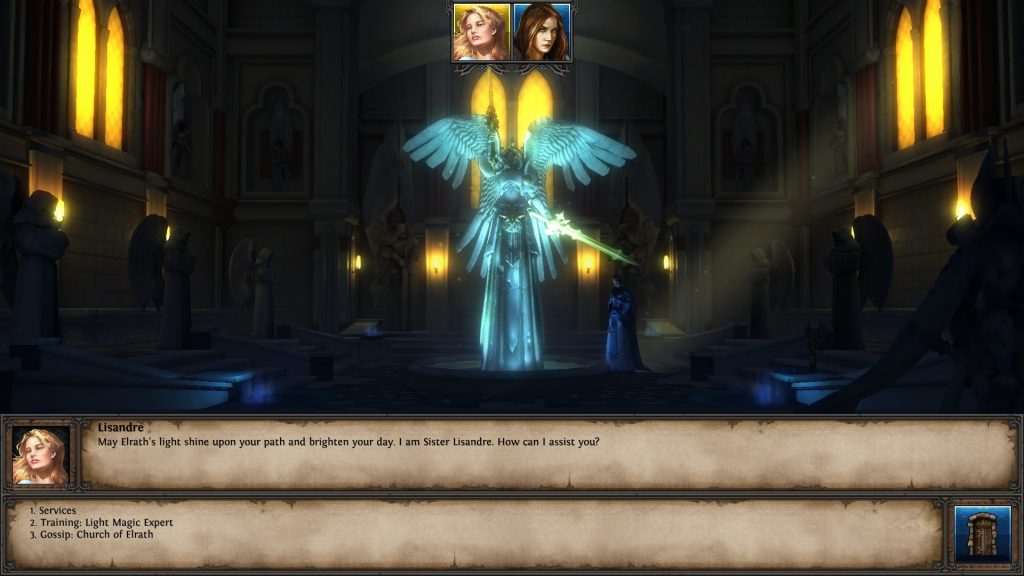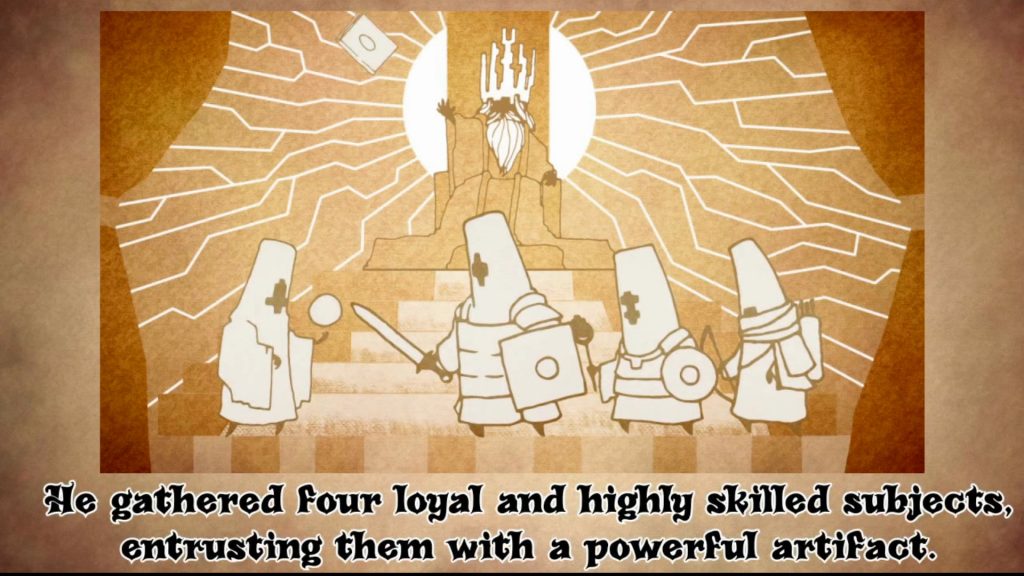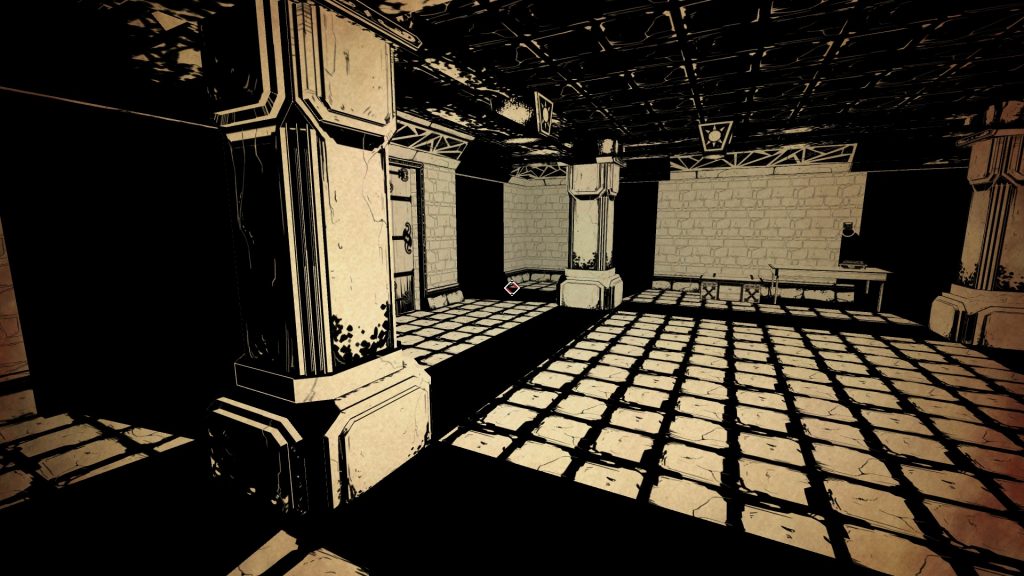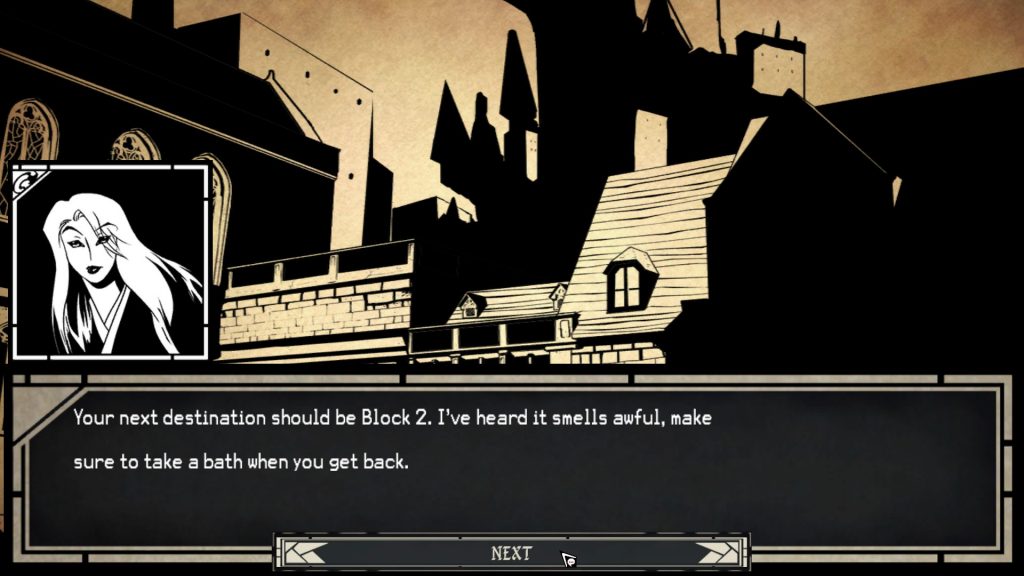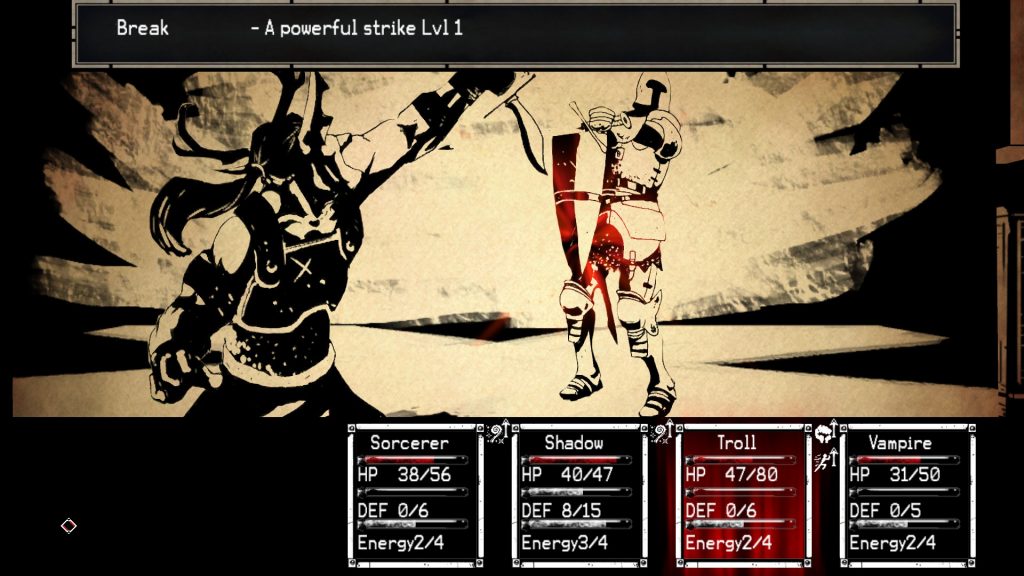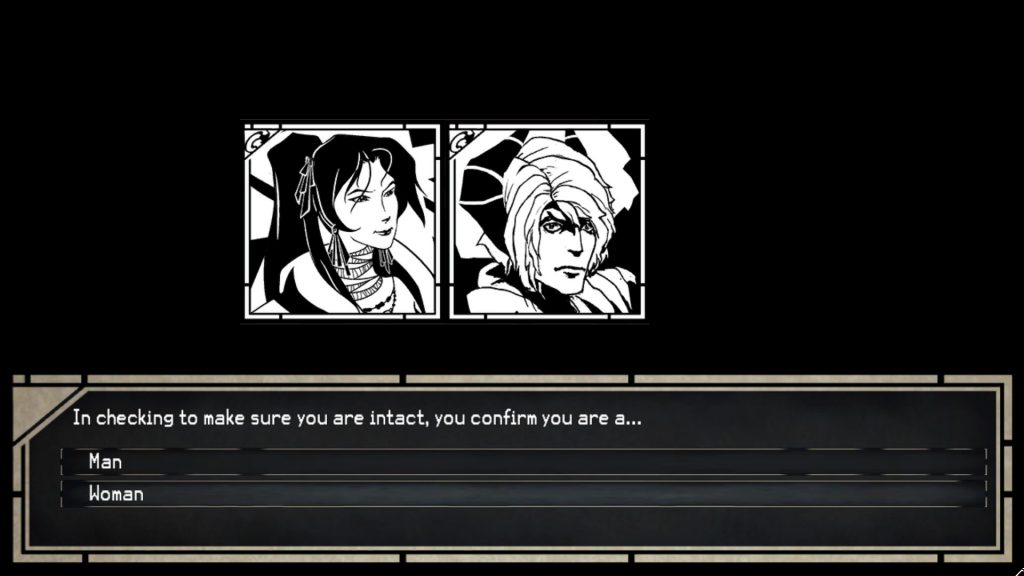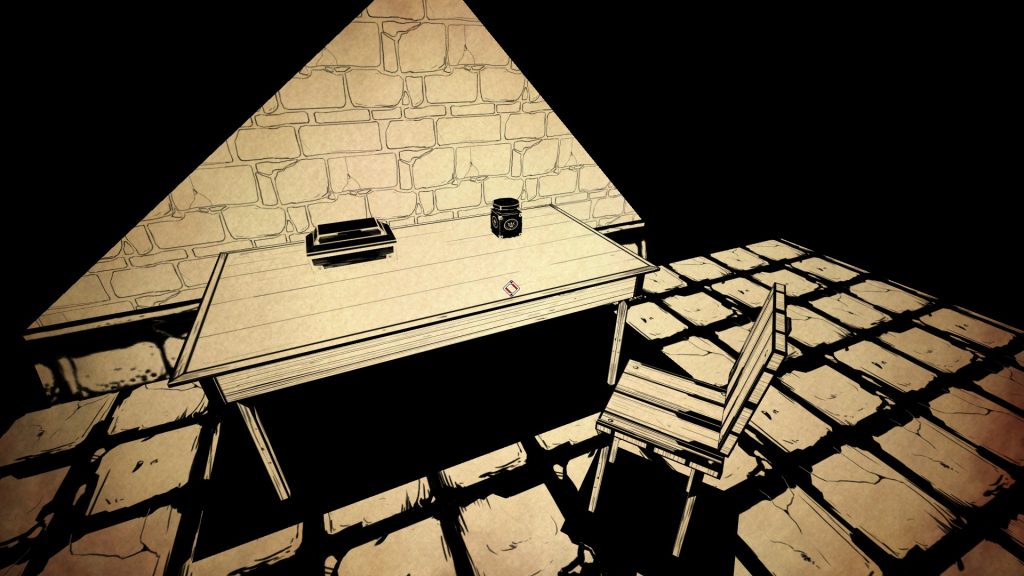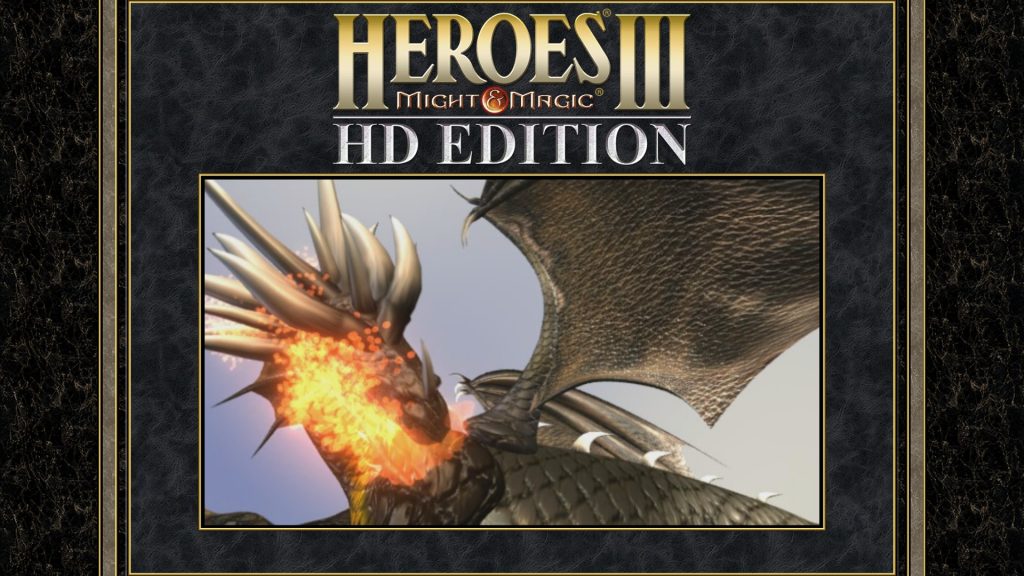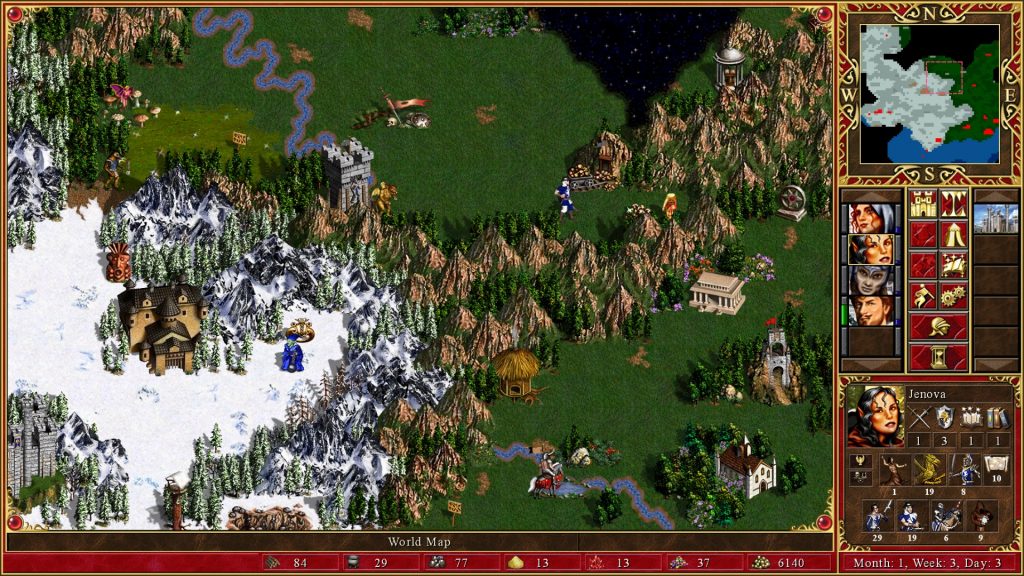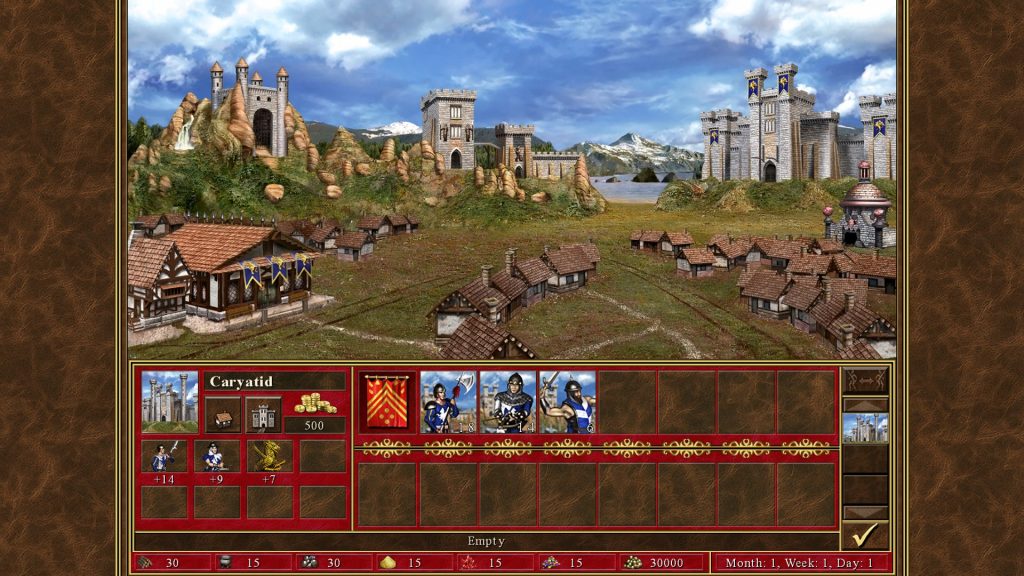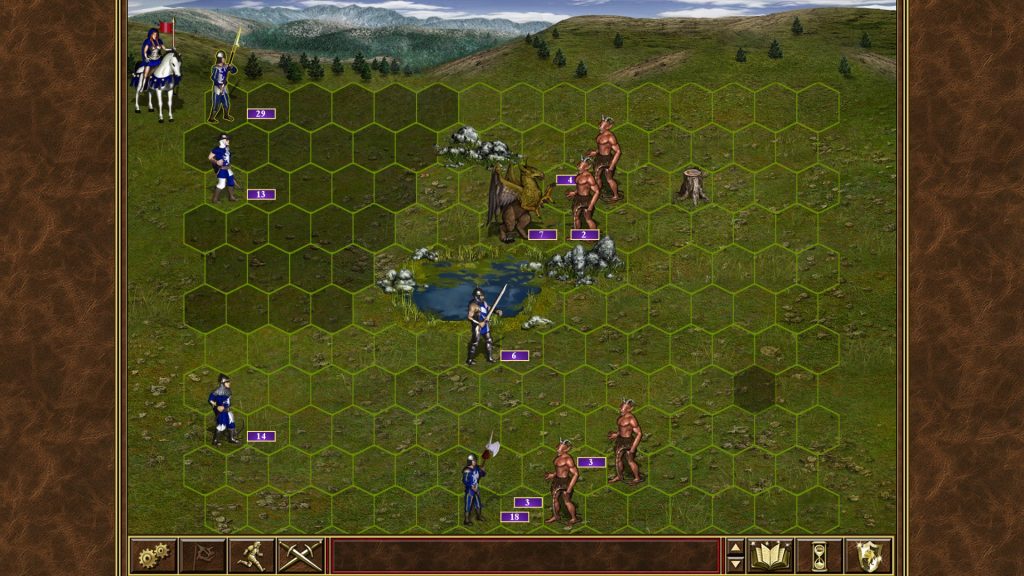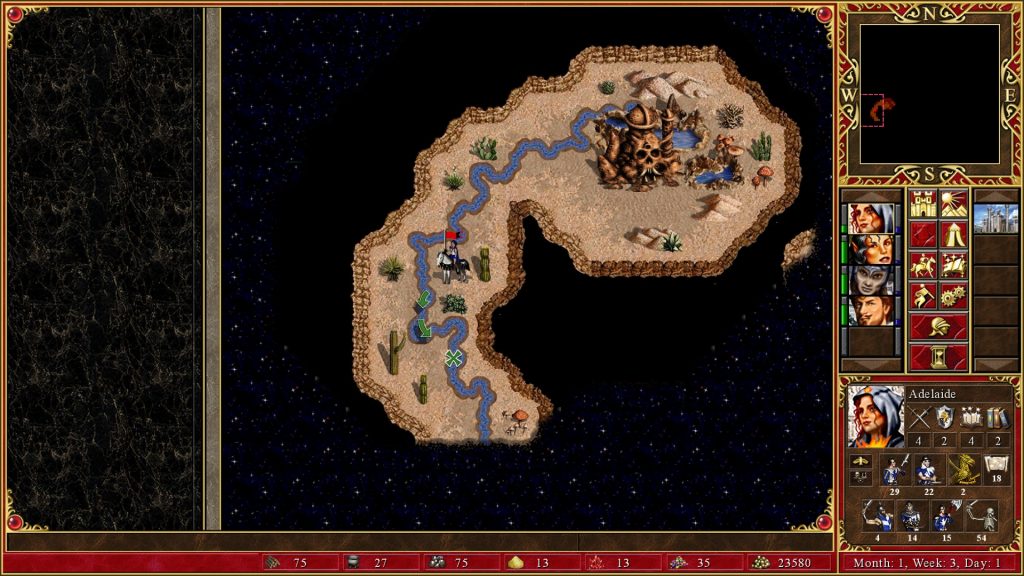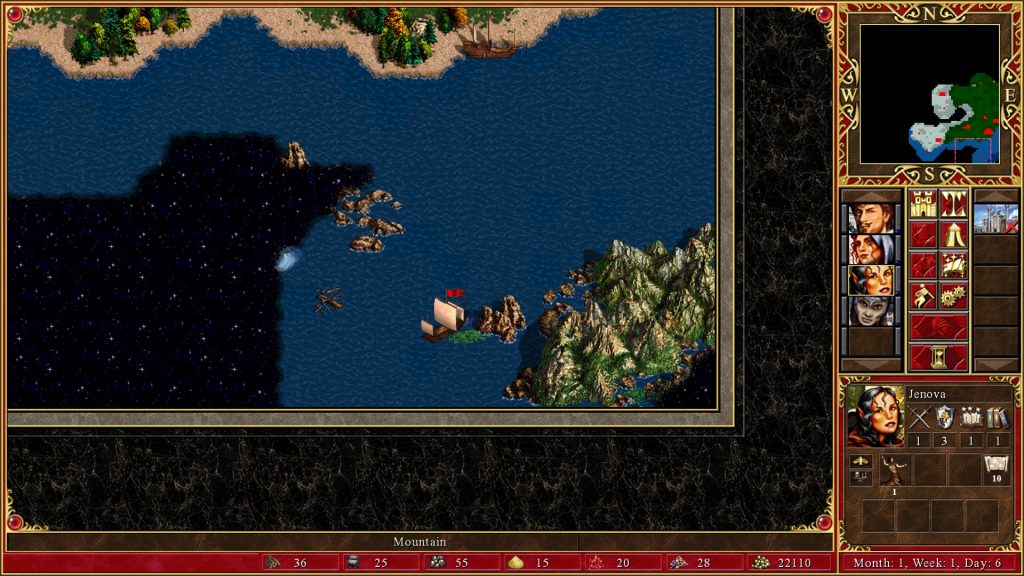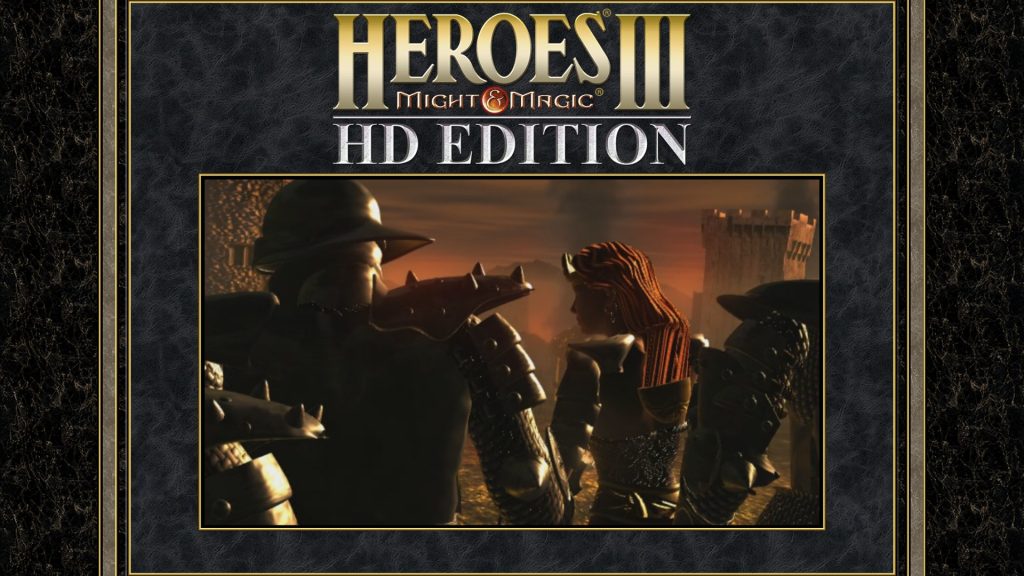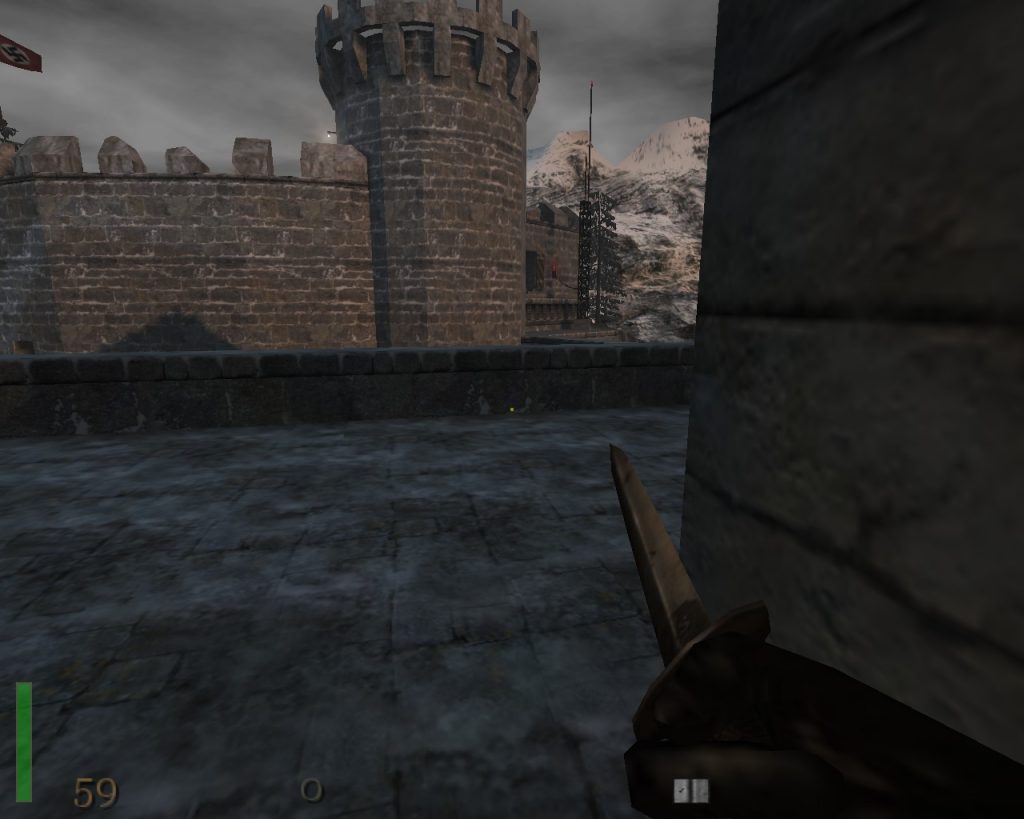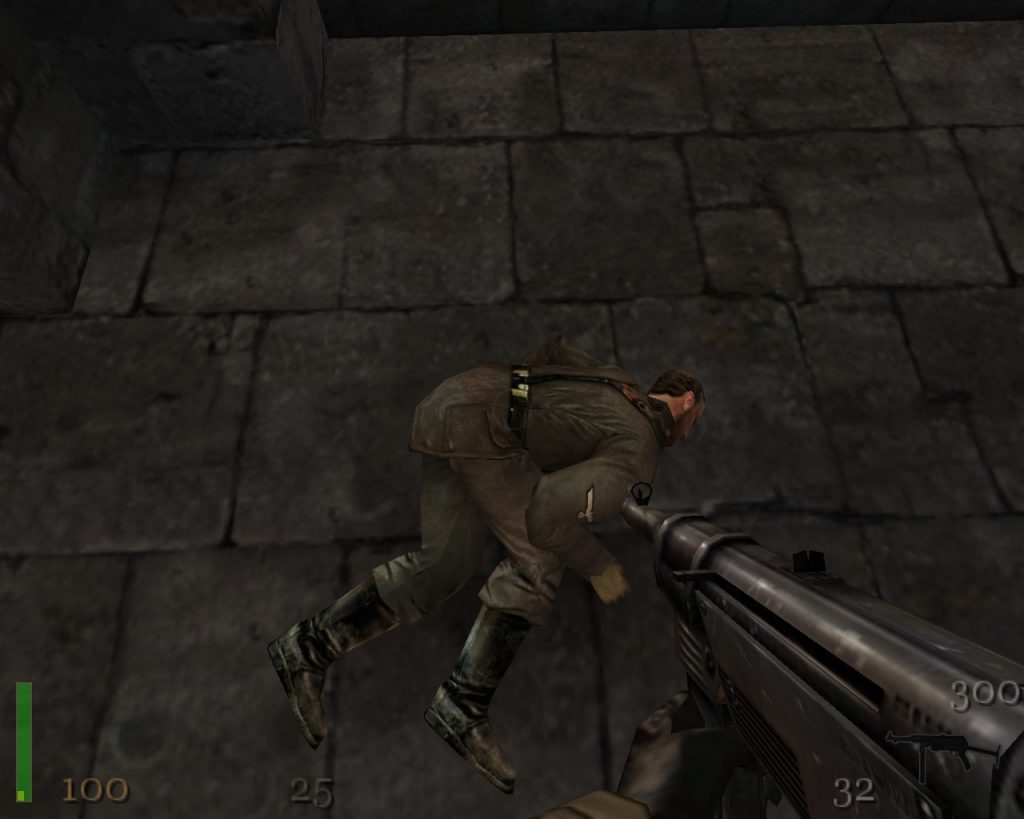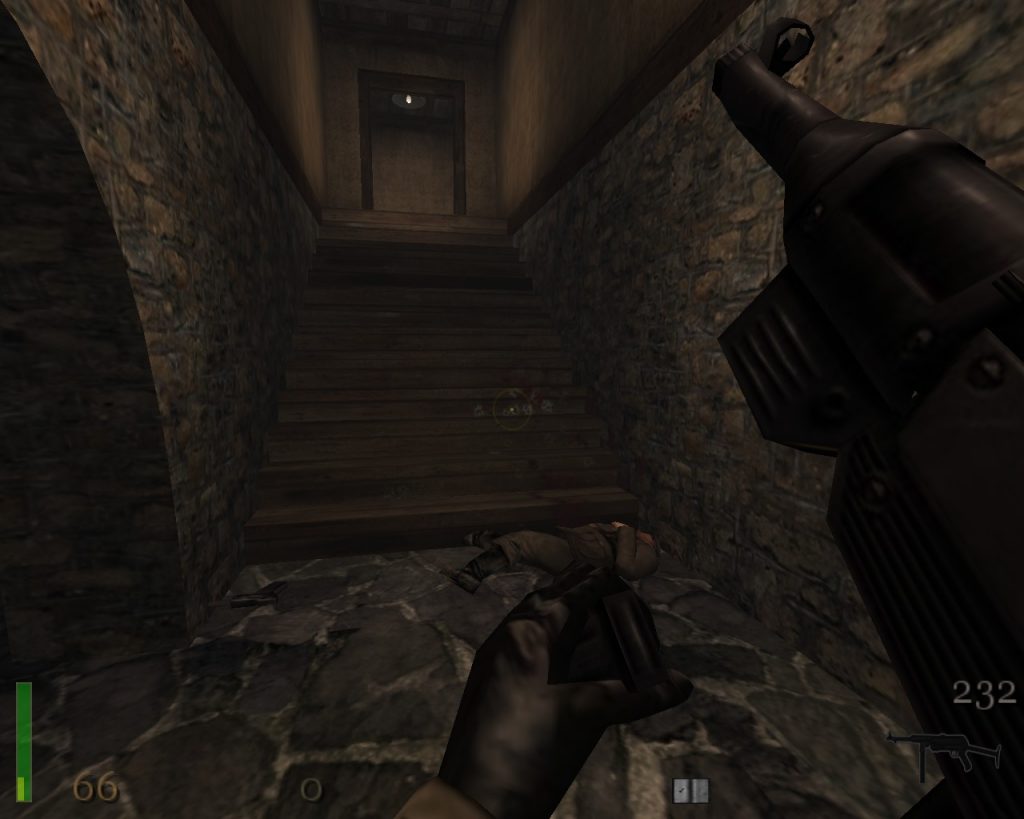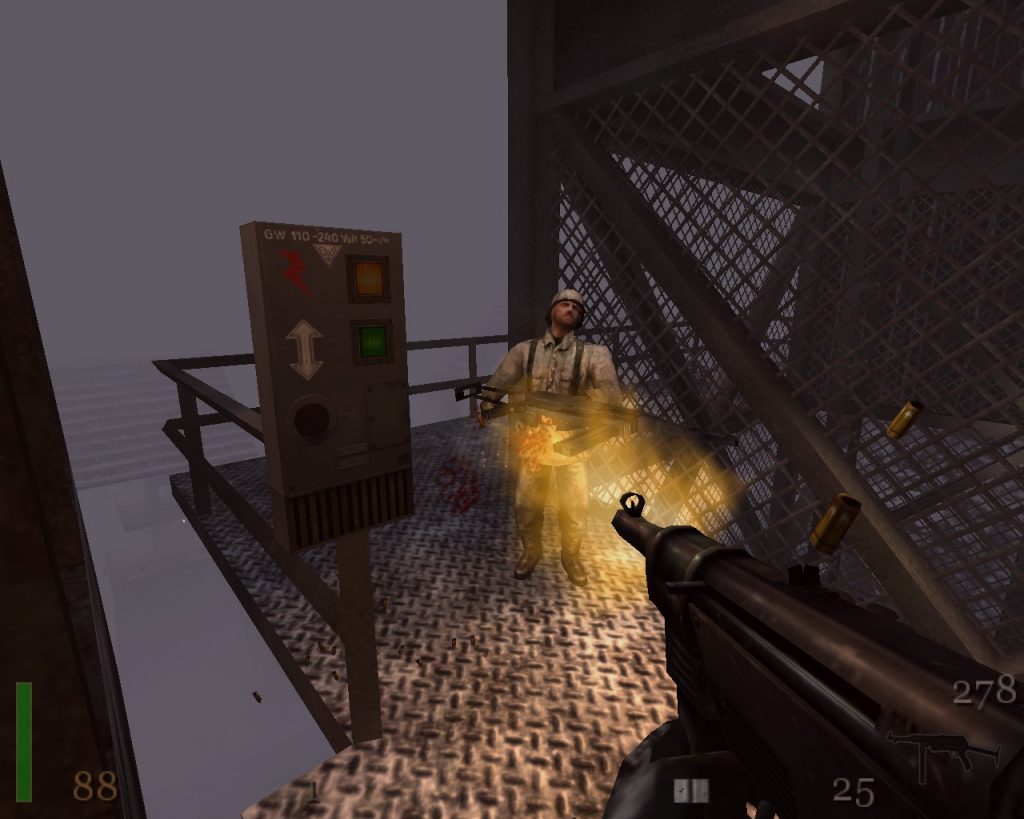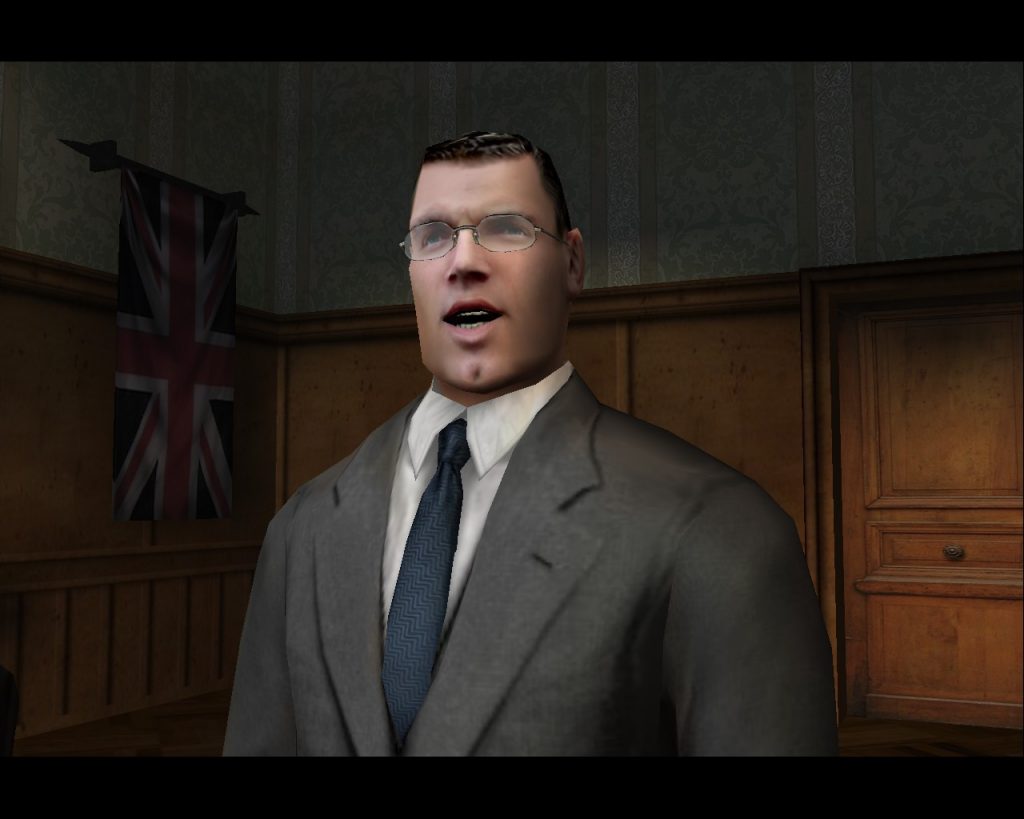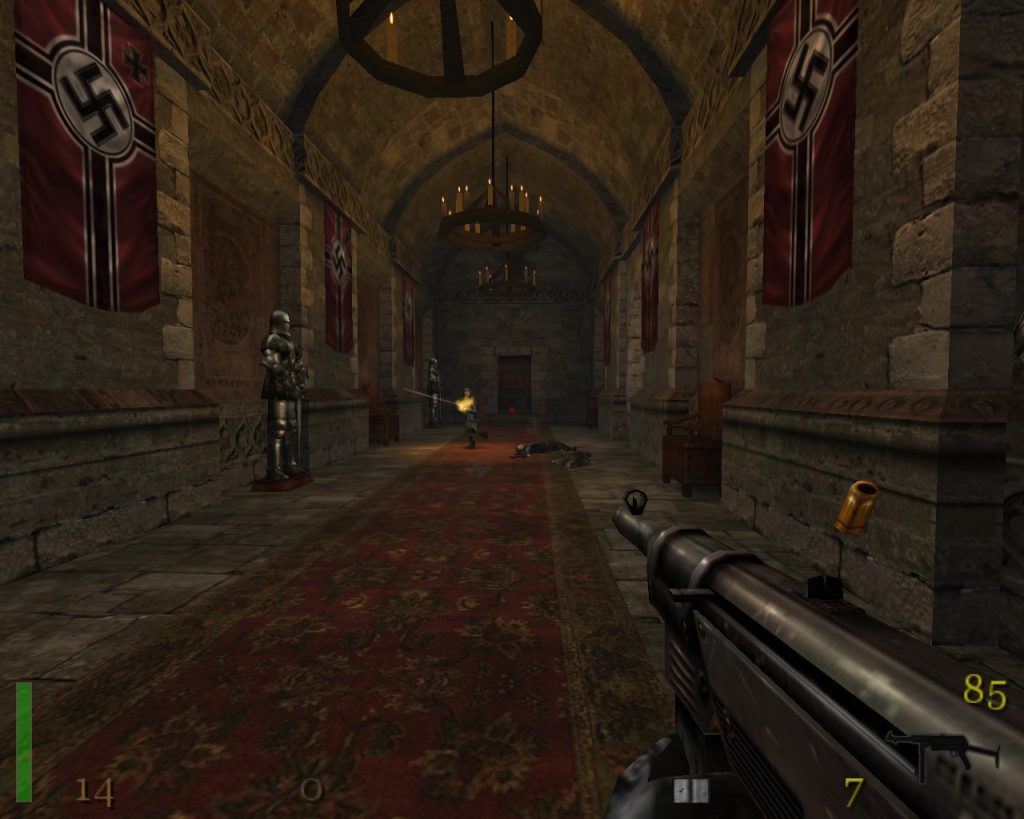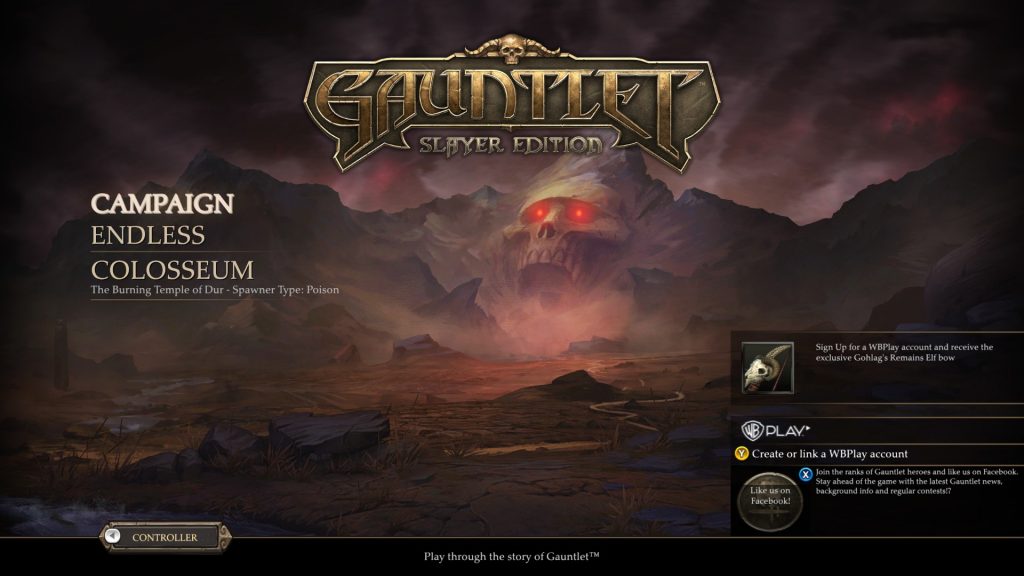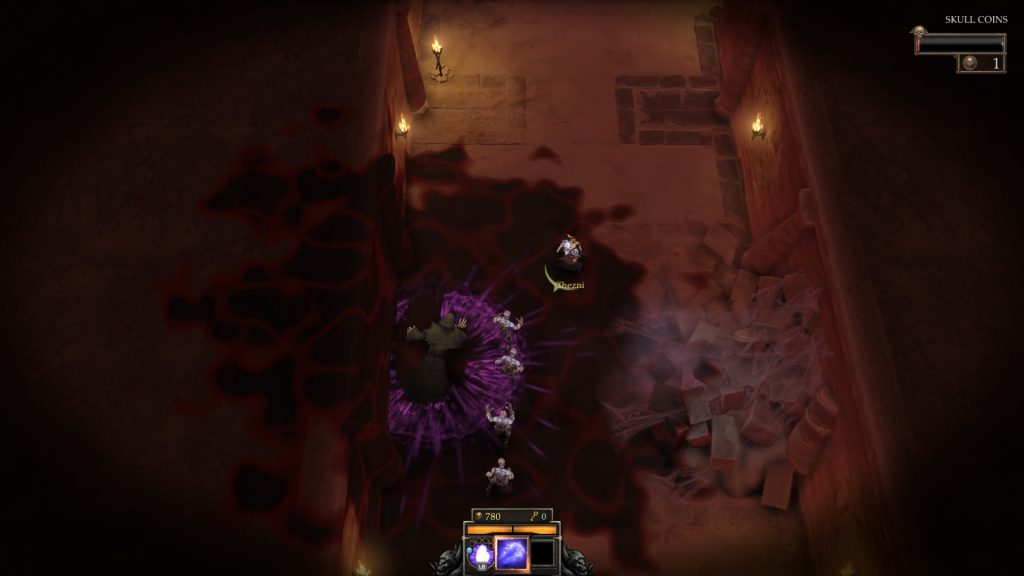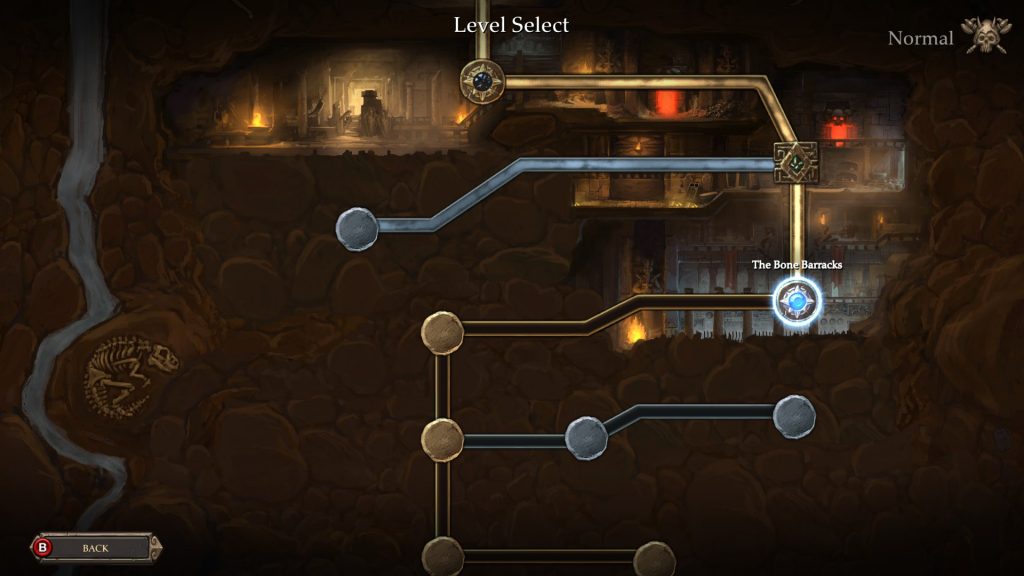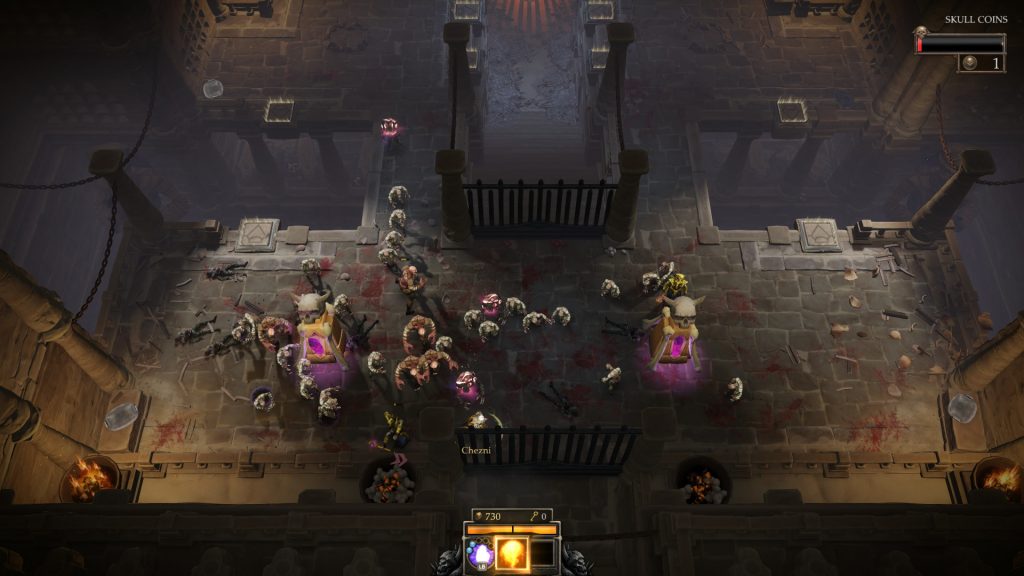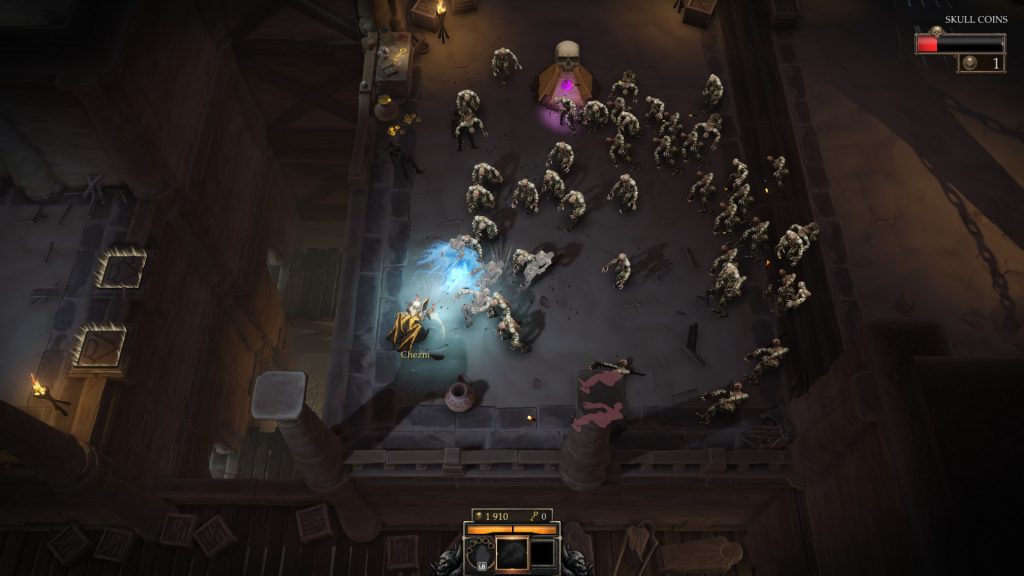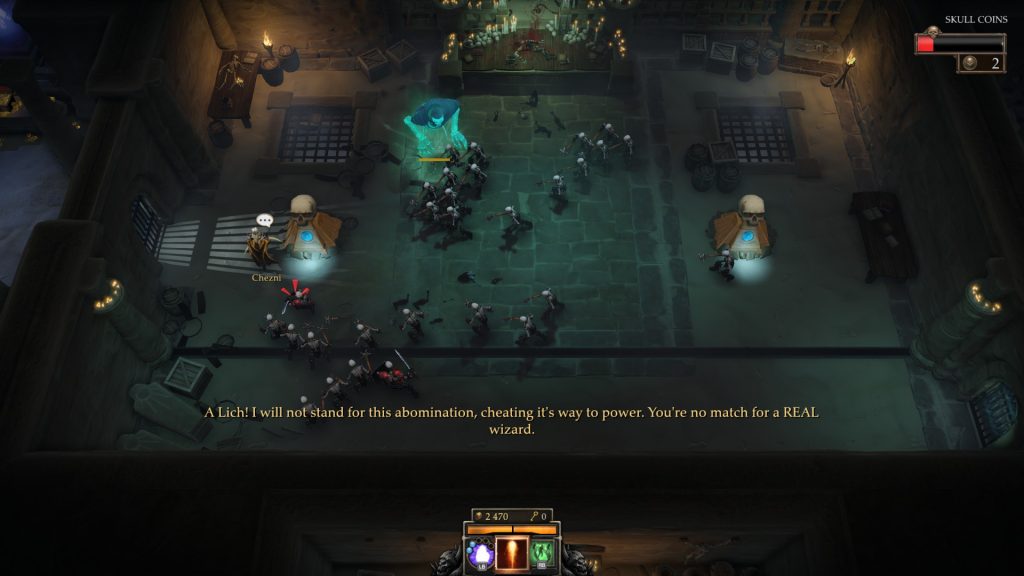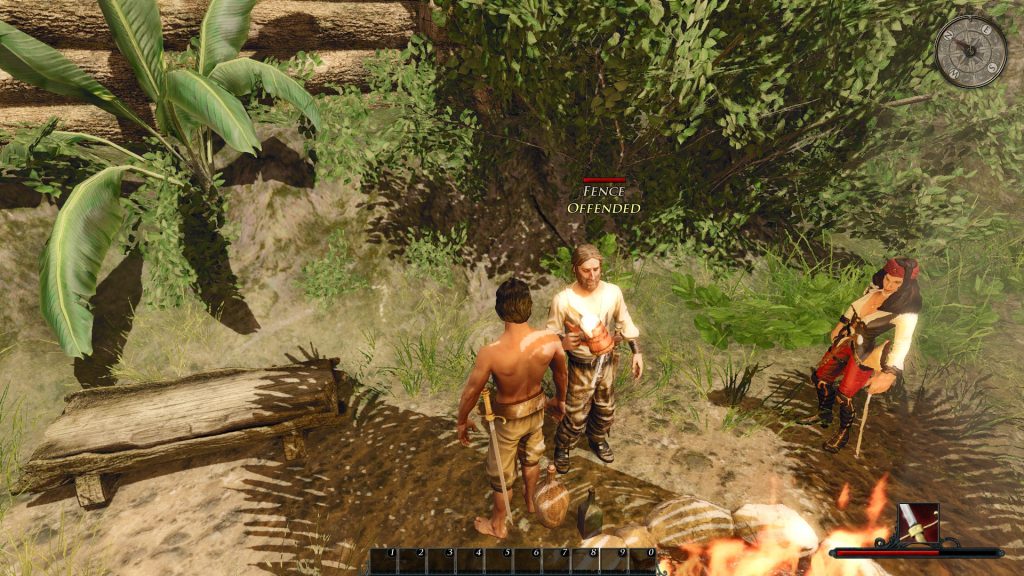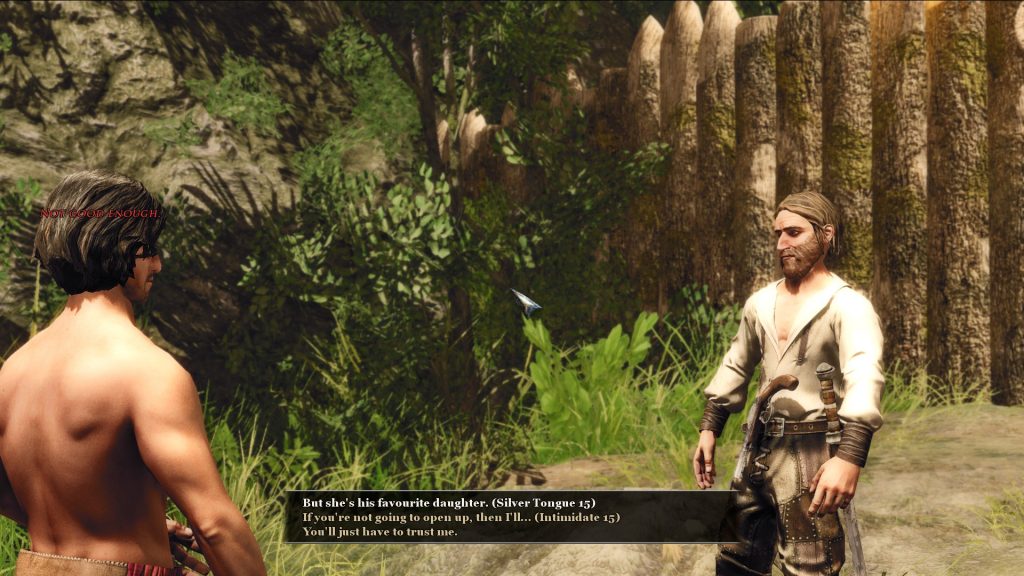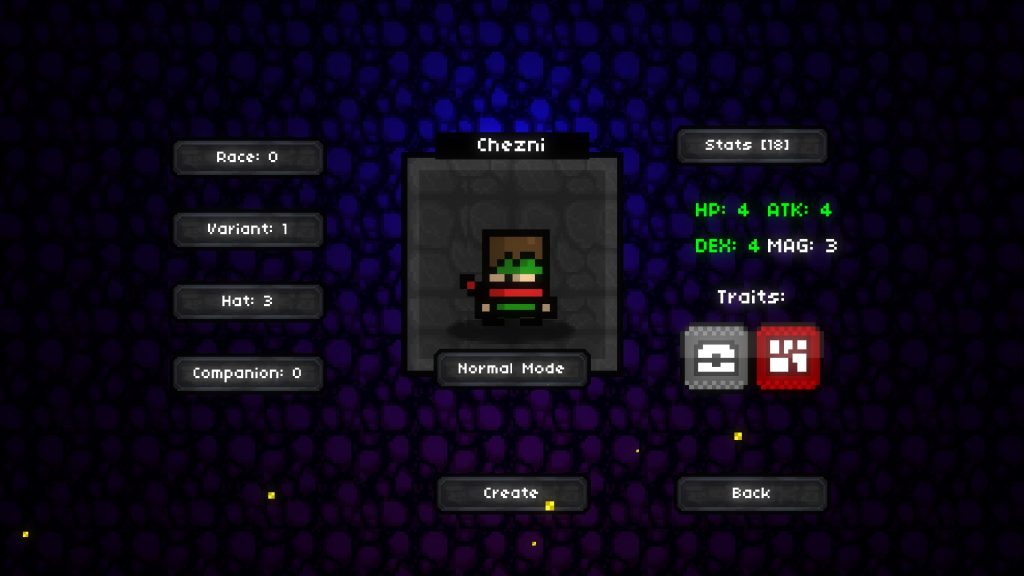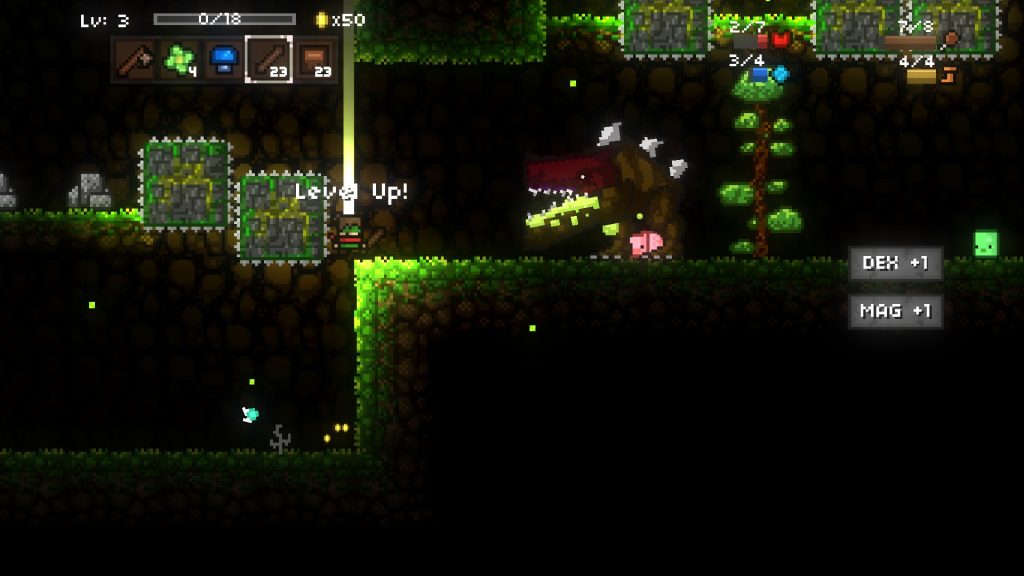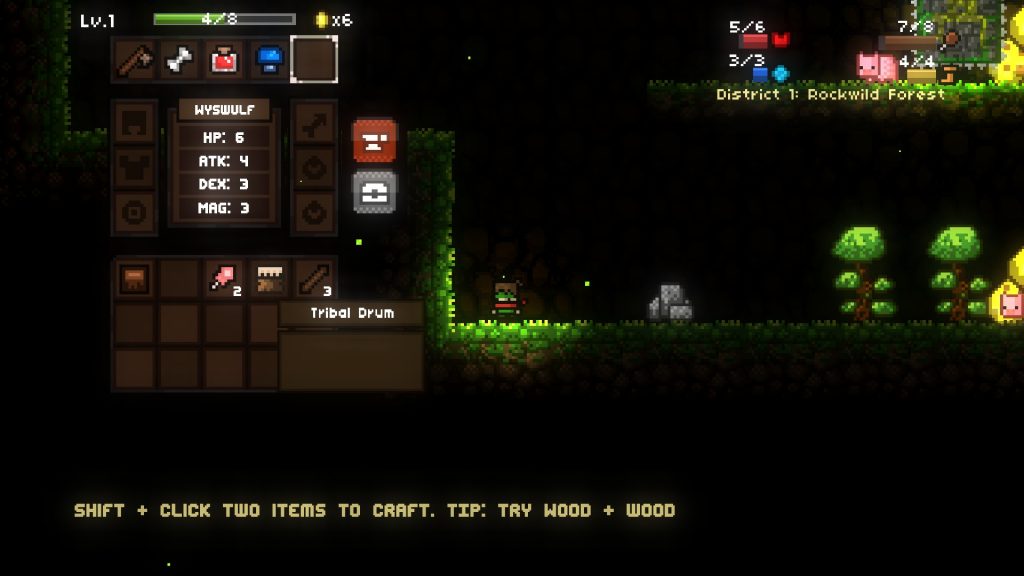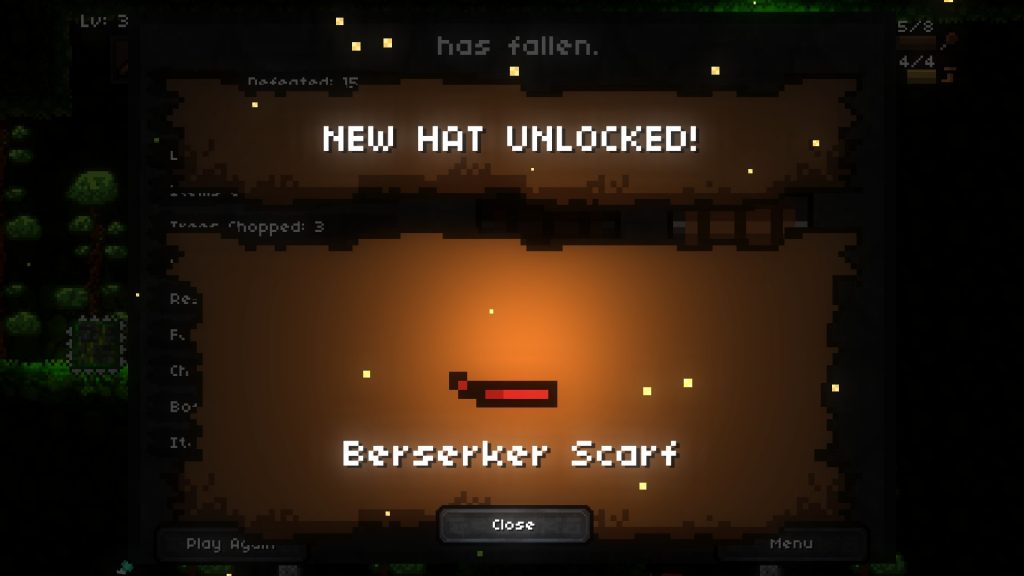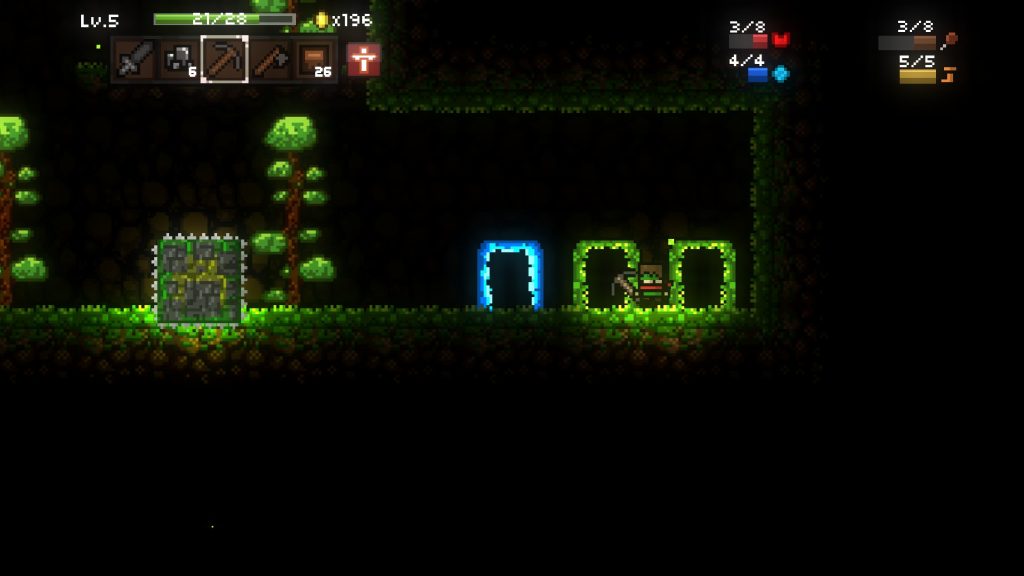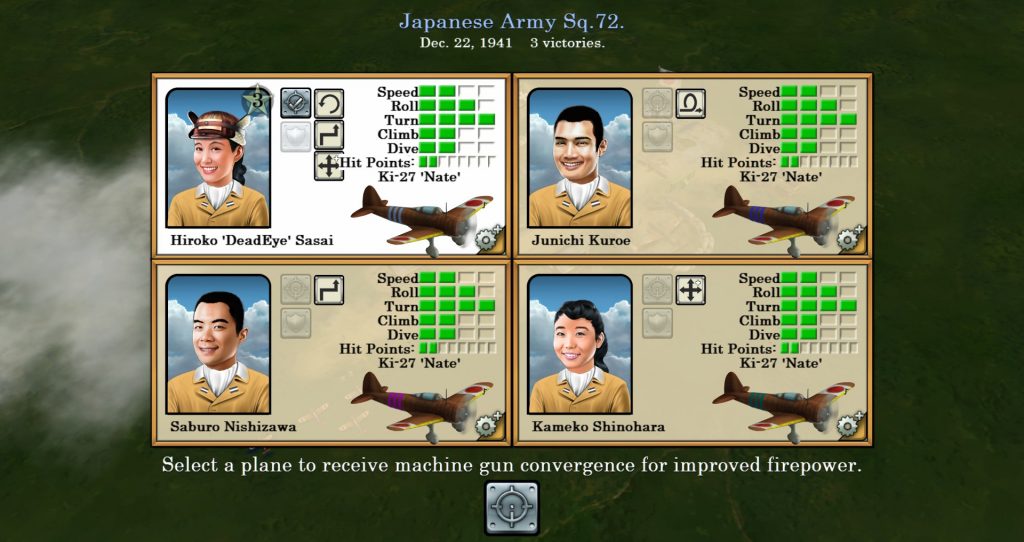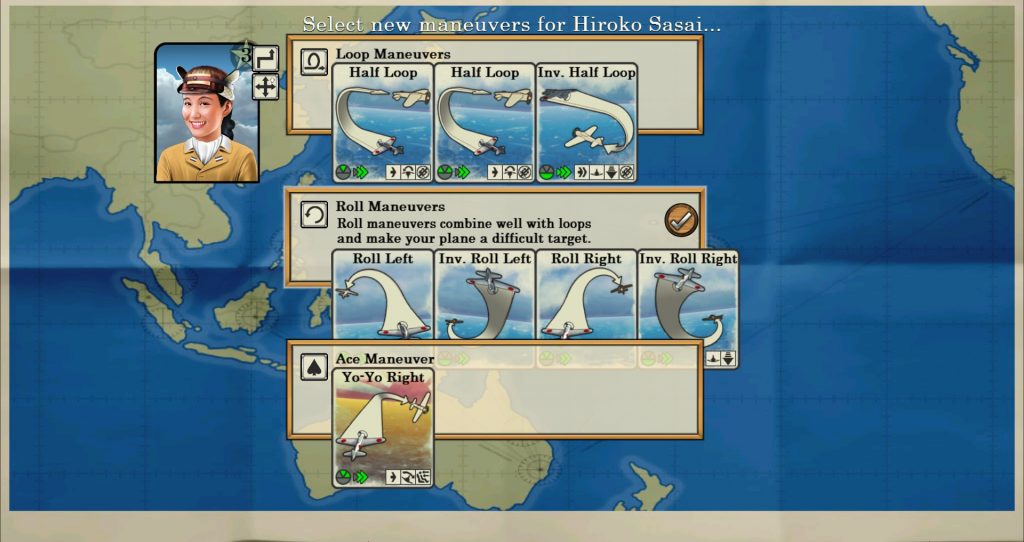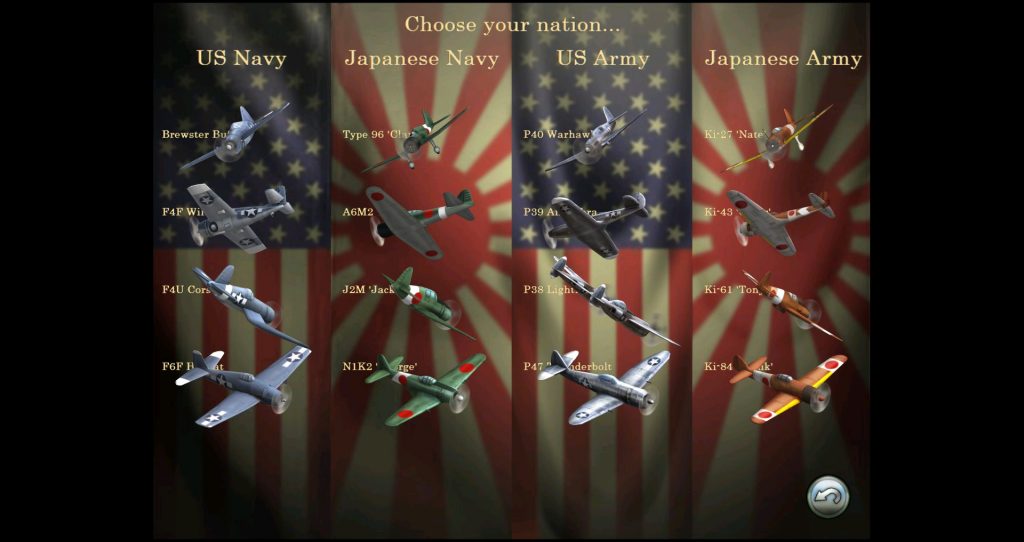Oh mah goodnyess. What is this.
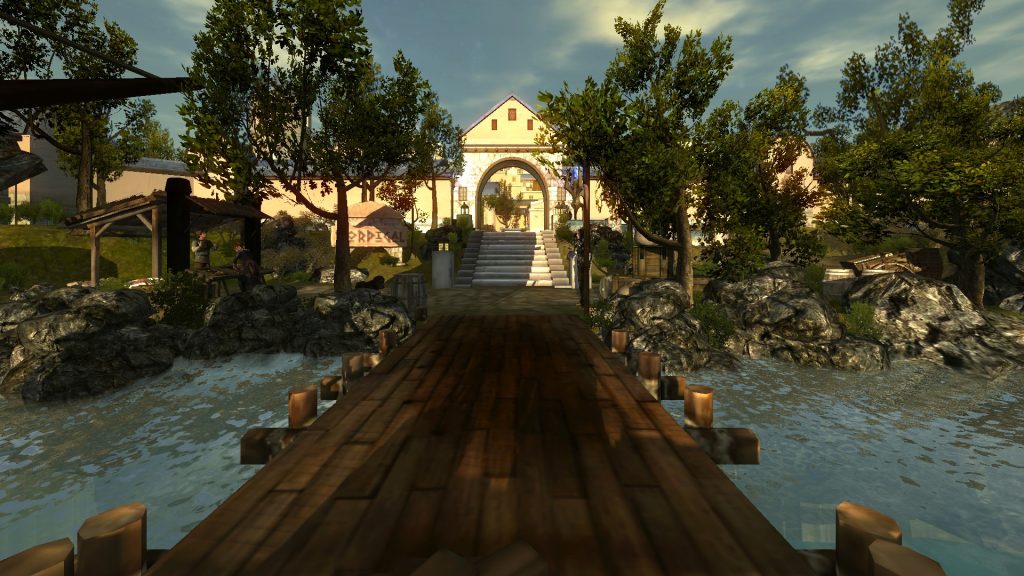
Nostolgia is not a factor for me when I look at the Might & Magic series since I played my first MM only a year ago. Therefore, I would posit that my review of games from the franchise may be less biased than a die-hard fan’s. For the record, I’ve played in its entirety MMVI, which was a whopping 108 hour adventure that while I can’t say was even close to being a perfect game, it was at least a game that I could find certain aspects which held value. MMX on the other hand is a perplexing mess–a failed growth of the franchise that comprises a stagnation of poor choices that pile up on top of each other to create a pointless experience.
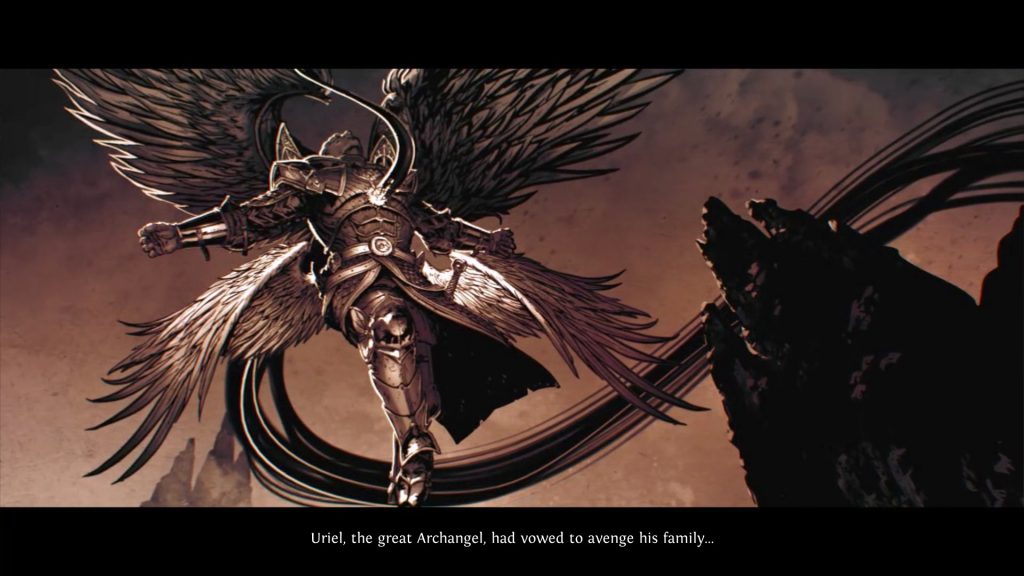
Now, often the opening of a game doesnt’ make total sense to the player. Dark Souls 1 and 3 (and to some extent 2) all actually do this purposefully. Watch any of these game’s openings without playing the game, and you’ll have no idea what you just saw. Watch the opening after playing the entire game (and possibly reading a few pages on a wiki) and it will make perfect sense. The thing is though, is that even without making sense, the openings are fun to watch. You don’t need to know who “Nito, First of the Dead” is to enjoy watching a giant skeleton monster with a scythe walk around spreading corruption. You don’t need to know who “Yhorm the Giant” is when he pops up and Kindles himself because he just looks awesome and the mood of the cinematic makes the scene feel exciting. The opening of MMX makes no sense… but lacks any sort of interest or excitement whatsoever. It’s a confusing malaise of a tired narrator bleating out line after line of dialogue concerning the history of a dozen characters that are all introduced and swept away so quickly that you can’t keep track of them and whatever exploit the narrator describes of them is meaningless. It got to a point where I actually started laughing at how ridiculous the opening was becoming–I kept expecting it to end but the moment they wrapped up the 20 second exploit of one character, the narrator switched gears and started talking about another. I have no idea what mood or plot or setting the developers were trying to create with this kickoff to the game but whatever it was it only created a profound sense of boredom and confusion within me.
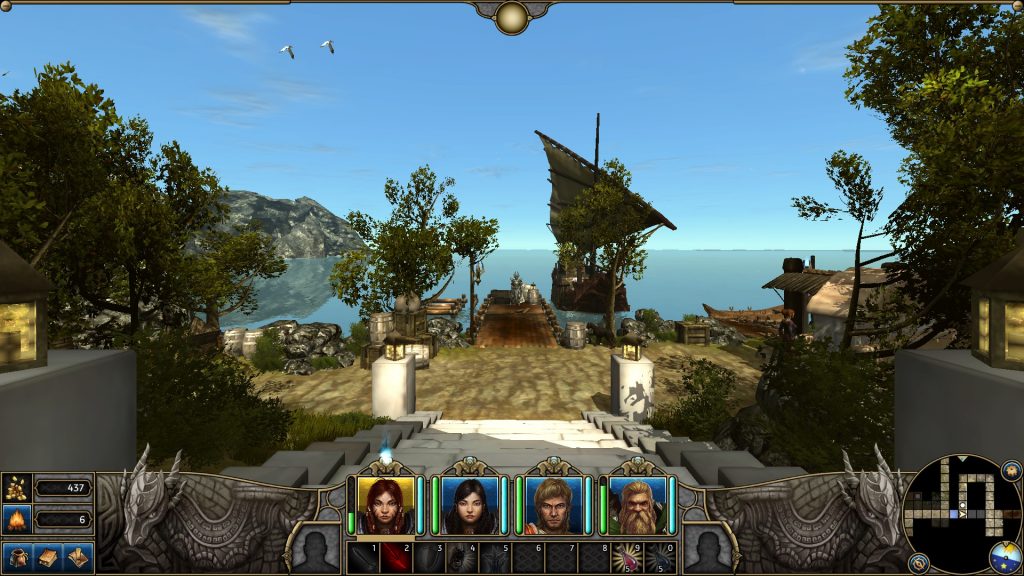
The best part of the game was creating the characters but even that really wasn’t that great. Traditional to the old MM’s, you set up a party of 4 and stat them up for adventure. For a game where you can only use 4 party members total, there are almost too many classes–12. You can only choose 2 voices for each race’s gender as well, which makes the idea of role-playing a party kind of difficult. Honestly though, this is the least of our worries. Where the game goes South is that they seemed to have kept all the bad things from the older games and got rid of all the good. First off, you move on a grid. This was surprising to me, since one of the interesting parts of MMVI was that you in fact moved free-form. This meant that to a certain degree, platforming became a part of the game, which really made the dungeons and terrain feel open. It also allowed for some interesting puzzle solving that forced you to adapt to a 3-D environment in order to find secret levers, switches, etc. It’s not that a party-based 3-D grid-based RPG is a bad idea–far from it. It’s just that as far as I can tell, the MM games moved away from grids in order to create a more diverse and unique game. A step back to it just feels confining now. No longer can you fly, or swim, or jump up on top of buildings–you’re just stuck on your little grid, moving along at a snail’s pace.

Gone is real-time combat as well. If you didn’t know, in MMVI you had the option of playing the game in a take-turn fashion or fighting in real-time. Typically, this meant that if you were fighting enemies that you knew you could beat easily, you fought them in real-time because it was faster and in some ways a little more fun. If the enemies were strong, you played in take-turn mode so that you could carefully and precisely guide the actions of each of your characters. Back to MMX, you are restricted to take-turn combat only which is just dull. It’s exactly like Grimrock in that the enemies move around in the world on the grid with you, but unlike Grimrock you are forced to freeze in place while they move and vice verse for them.
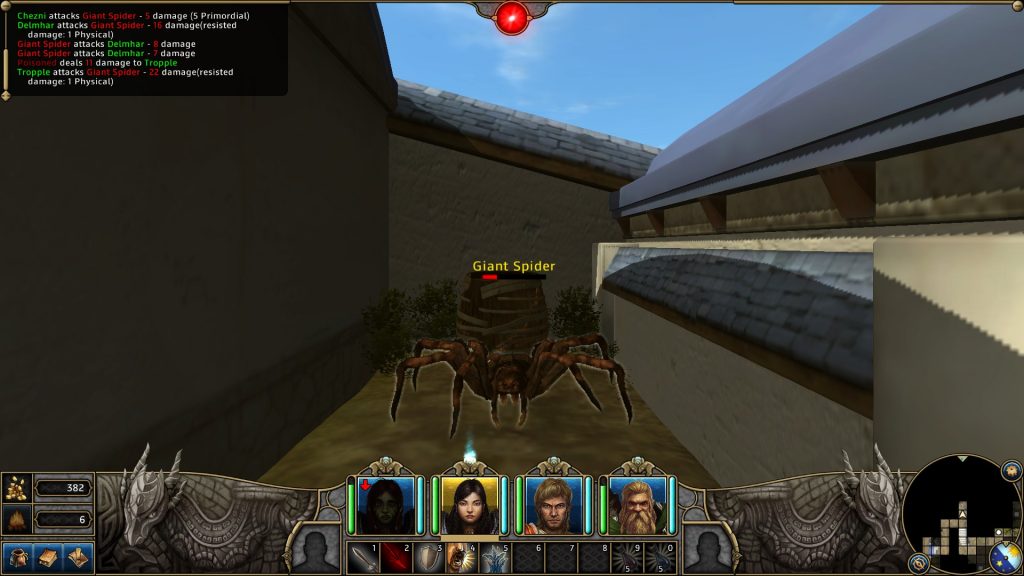
Quests were a big part of MMVI, but oftentimes if you stumbled upon a dungeon early, you could explore it without needing to have received its quest. In contrast, in MMX I was wandering around clueless in first city where I found a well. The well looked suspicious. I tried to click on the well. I tried to move into the well. I even noticed that the mini-map was telling me that there was something interesting in the square with the well. Turns out, I wasn’t allowed to go into the well until I’d talked to the right guard who was all like, “Hey, let’s go kill spiders in the well.” That’s just stupid, coming from a franchise that previously was comfortable with letting adventurers explore to a large degree at their own will.
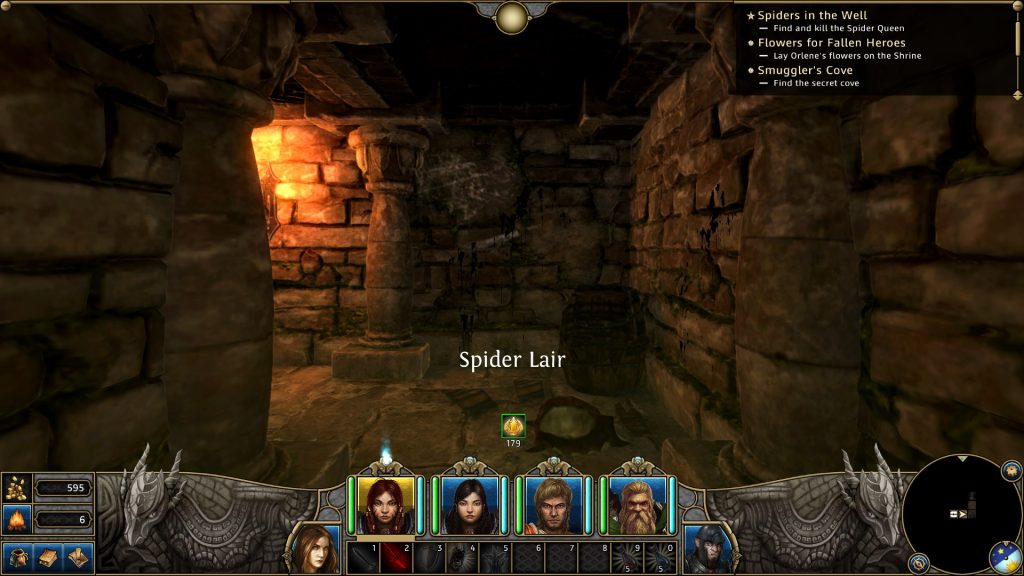
Part of the fun of MMVI was seeking out teachers to buff up the skills of all your party members, and eventually training your characters’ abilities up to the Master level which got you some really cool spells and abilities. Characters were limited on what skills they could learn by class but as long as you could learn it, you could achieve master level. Back once again to MMX, your characters are still limited by what skills they can learn but they can only achieve master in a few areas. This means that you’re pretty much locked into what you’ll be doing in the game right when you pick your classes. After that, there will be no free-will in skill growth, no exploratory skill combinations, and no sense of great power at the end of the game. Yes, in some ways by the time I got to the end of MMVI it was a bit silly that everyone was a Master in almost all of their useful skills–but I stress almost. For starters, my characters were level 90 dammit, so I felt justified that they had become masters in their crafts but secondly, in spite of being level 90, there were so many skills available in the game, that there were still plenty of abilities that I was only an Expert in and some still that I was just simply trained in with no title. By confining the player’s skill choice right at the beginning of the game before they’ve had a chance to understand what skills are good for their party, what skills are bad, and what skills are even interesting to them, chances are they are going to end up with skills and abilities that they don’t want or that are bad. Essentially, the only way for them to know which classes they should pick, they will either have to have played your game before, or look it up online–neither of which are an acceptable solution to the problem.
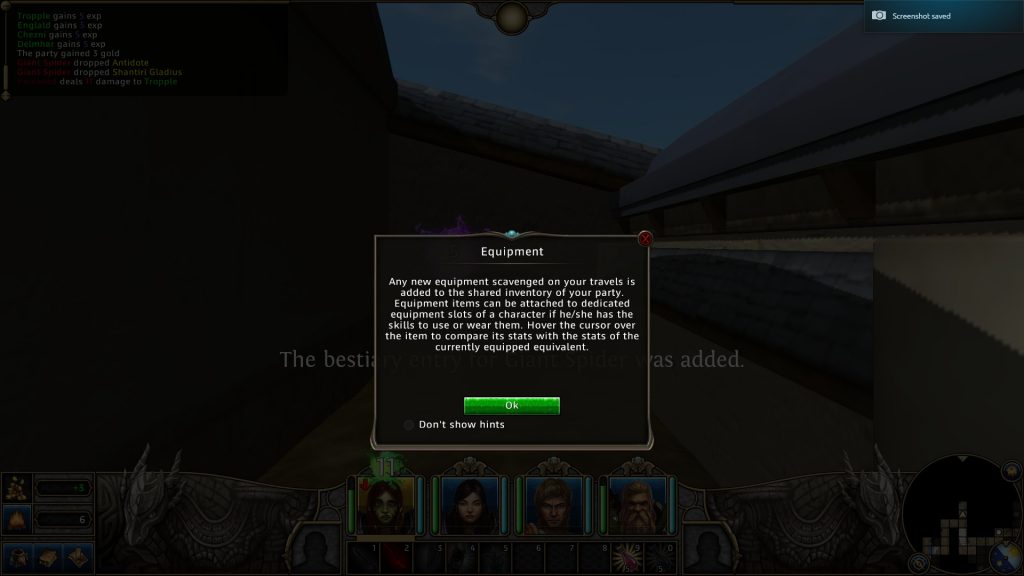
And don’t get me started on the insane number of tutorial pop-up windows that treat you like a moron. I guess it’s my fault for not clicking the “Don’t Show Hints” button earlier, but I kept expecting them to teach me something useful. I guess they thought “rest to regain your HP” was the most useful thing they could tell players.
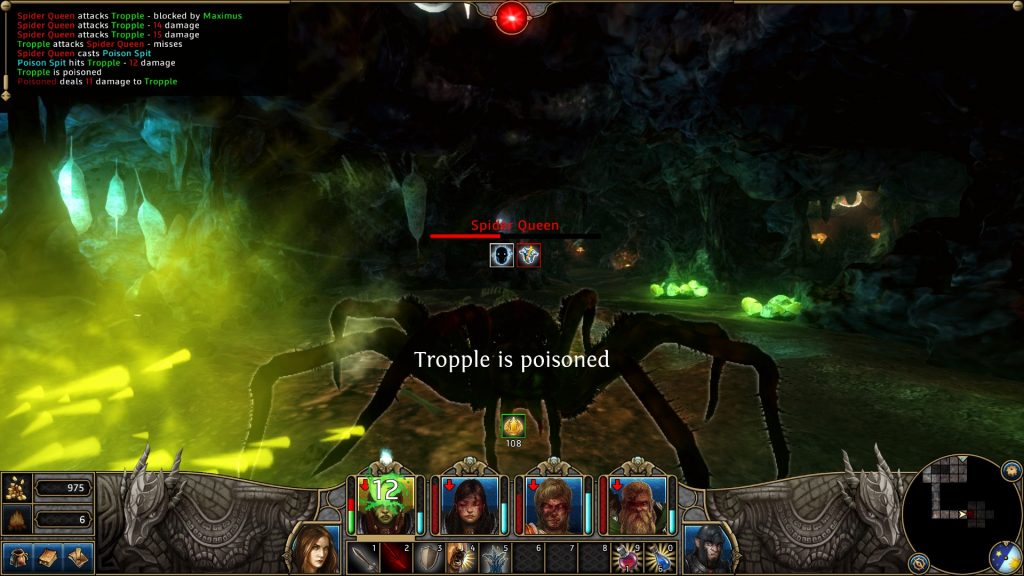
The last roast is on the combat itself. To be fair, MMVI didn’t really have complicated combat. This would actually be one of my main complaints about the game. Sure there were a lot of spells and things to equip and skills to learn, but combat usually consisted of telling fighters to swing their weapons, and loading up the best spell your mages could cast that wouldn’t immediately drain their entire MP pool and then letting it all rip with the same button push for each character (the “s” key). So, I’ll say it again–intricacies of combat were not MMVI’s strong suite. That being said, if you encountered a stronger foe, you always had a few limited forms of counterplay (run away and shoot, run away and shoot) and unless you got teleported to a room without an exit, you could always run away to fight another day. Both of these things are severely limited in MMX. You can no longer run away from an enemy once it has engaged you in melee combat. While I understand maybe imposing some sort of penalty for leaving a melee attacker’s range makes sense thematically and mechanically (i.e. attacks of opportunity in DnD), but completely removing your ability to escape from a more powerful foe says just one thing to the player “Why didn’t you know exactly the strength of the monsters that you were going to encounter in the dungeon beforehand?” I’ll tell you why. Because I’m not freaking psychic you stupid developer. This creates an illusion of difficulty, since you can and will suddenly will die when you encounter a monster that no matter how intelligently you use your skills and healing consumables you have no chance of winning against. The reason it is an illusion is because there is no counterplay or forgiveness for this “mistake” (at which it is more the mistake of the developer for giving you the option to encounter the monster and then slapping you on the wrist for doing so). You simply have to die, hope that you saved recently and move on. Ultimately, the way that movement has been completely removed from combat makes me feel like I belong to the British army from the colonial era and I long so bad for the guerrilla warfare tactics that the Americans are using.
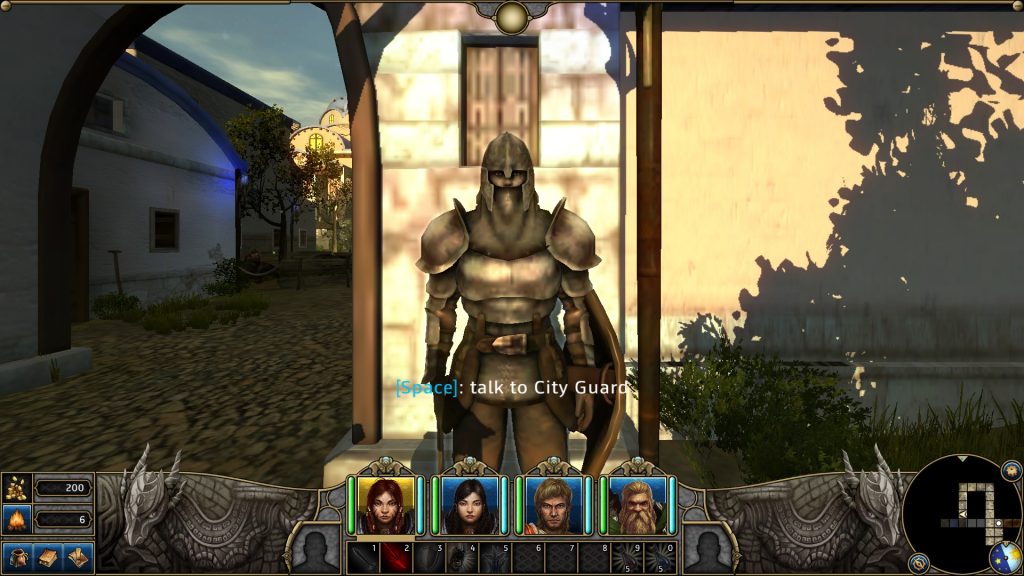
There’s so much more as well. Theses pictures you see may *look* nice, but don’t be fooled. The textures are of a very low resolution. While I’ve never let graphics get in the way of enjoying a good game, well, this isn’t a good game, and so when I can barely read a town sign because the words on it are all blurry I tend to be a bit cross. I mean, this game came out in 2014–these graphics are practically a generation behind where they should be. I wouldn’t be so hard on this point if the game didn’t A. Come from Ubisoft, a AAA company that is fully capable of better. B. The play-testing time saved by dumbing the game down to a grid should have freed up internal resources in the game company to make the other parts of the game better. C. Legend of Grimrock, a game made by a FOUR man team from FINLAND made a game that was better graphically (and mechanically for that matter). How is that even possible? Music is dull. NPCs are dull. The world is dull. You’re railroaded the moment you start the game by being here on some dumb quest for your master, but in spite of this the only thing you can do at the beginning of the game is wander around, trapped in a dull city forced to take a slew of pointless side-quests simply so you can kill something in an attempt to assuage the tirade of boredom from not being allowed to explore the world you find yourself in. MMX is simply a time-wasting Tier 3 sesspool that Ubisoft crapped out in an attempt to make money off the MM crowd, while completely missing the point and soul of the original franchise, which is actually a pity.
Steam Link
